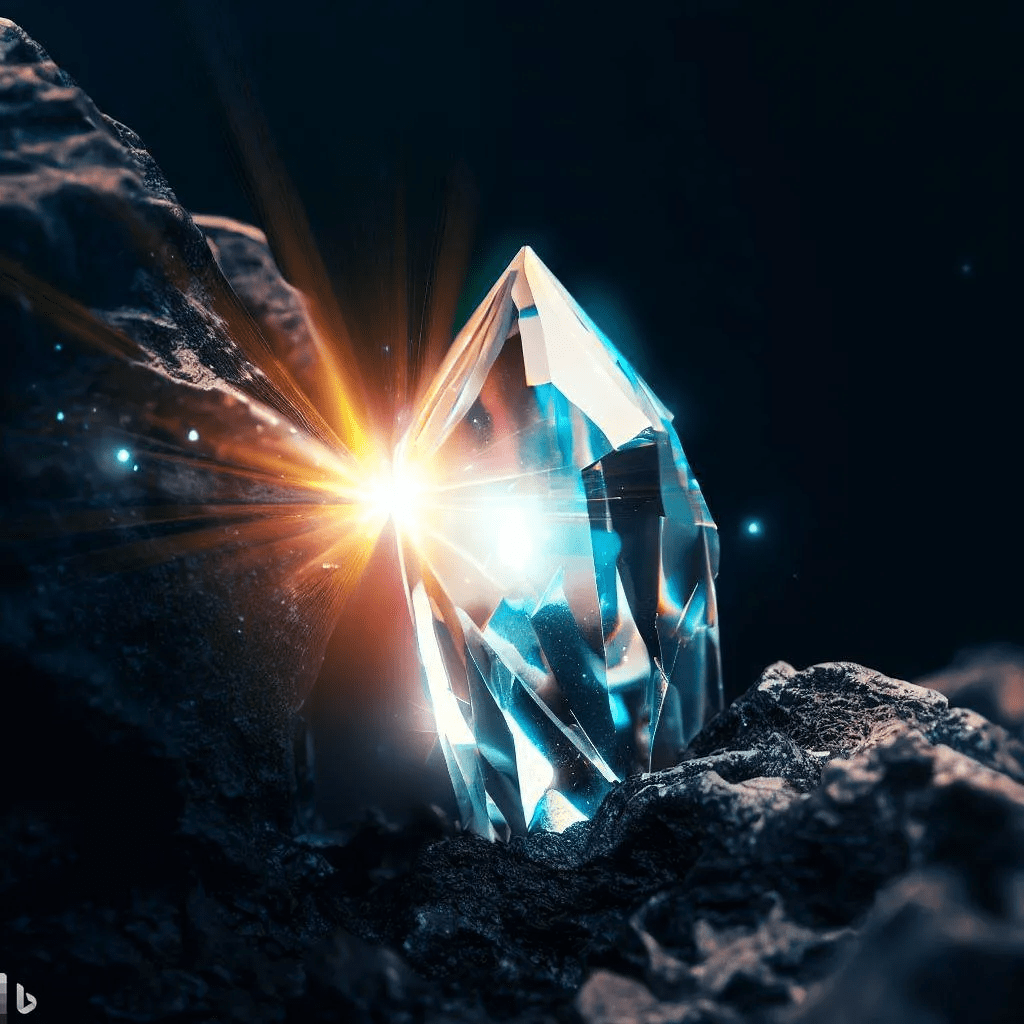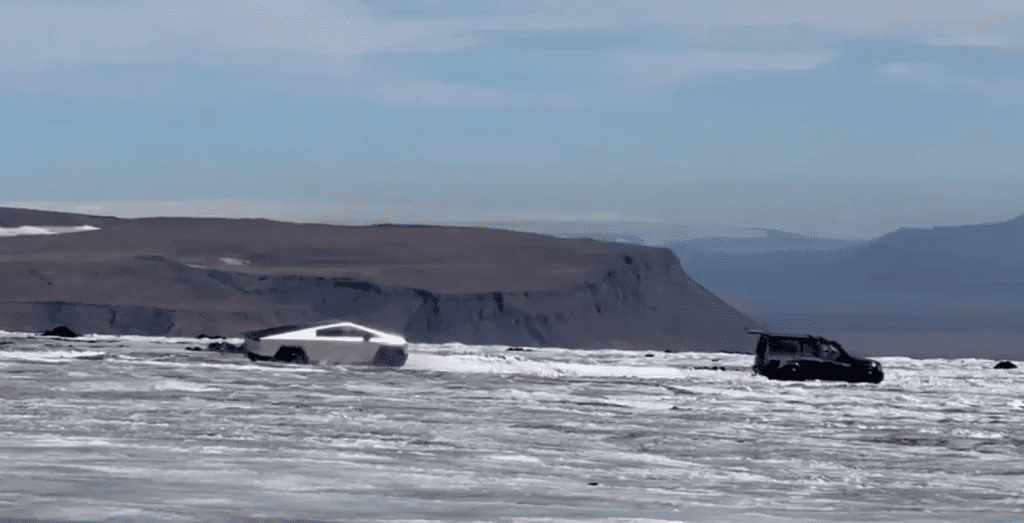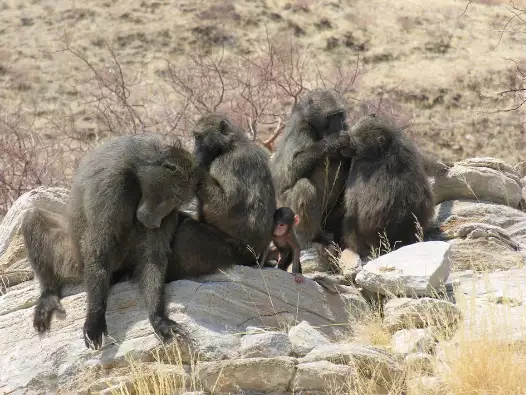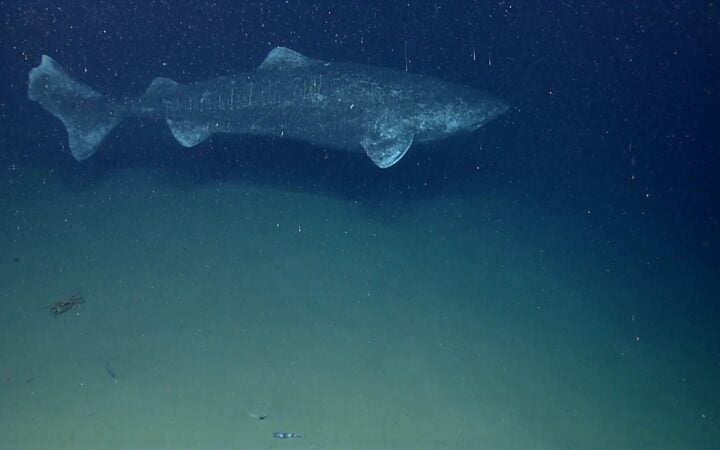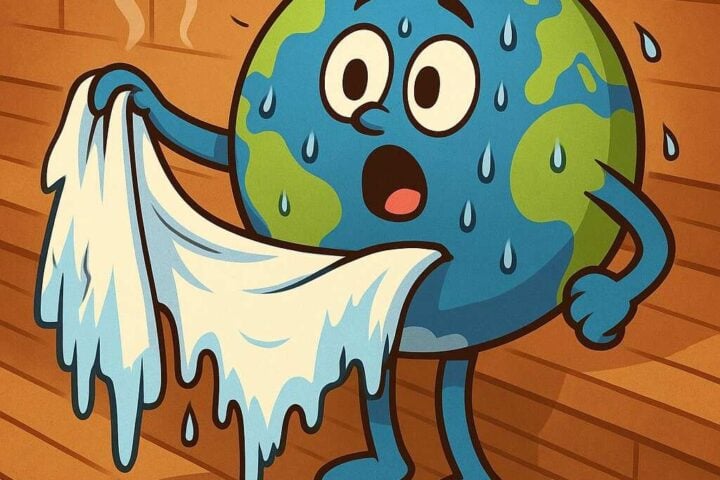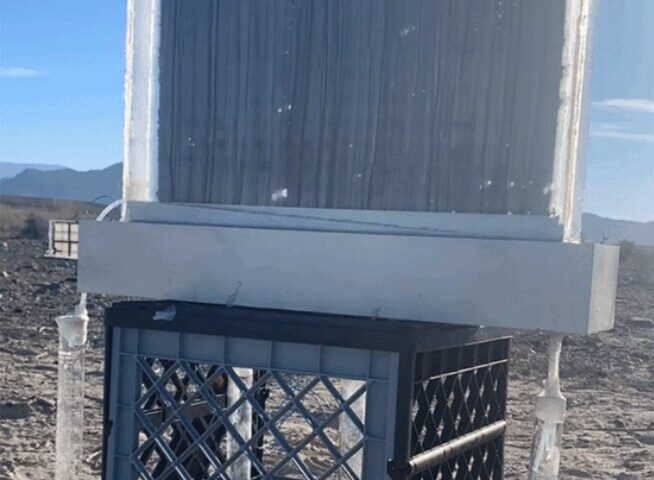Diamonds, often seen as symbols of eternal love, might also be indicators of Earth’s tectonic plate breakups, according to a groundbreaking study published in Nature. “A diamond is forever,” but new research suggests that these precious stones have a tumultuous history linked to the very core of our planet. Deep within the Earth, under intense pressures and temperatures, diamonds form and embark on a journey to the surface. The conduits for these gemstones are molten rocks known as kimberlites, which have remained a mystery until now.
The study employed artificial intelligence and statistical analysis to delve into the relationship between continental breakup and kimberlite volcanism. Surprisingly, most kimberlite eruptions took place 20 to 30 million years after continents drifted apart. This delay in eruptions led researchers to a fascinating discovery: kimberlites migrate from the edges of continents towards their interiors over time. “What geological process could explain these patterns?” was the question that drove the team to employ complex computer models.
Their findings suggest a domino effect, where continental rifting disrupts a region of the continental root, causing it to sink into the mantle. This sinking triggers a phenomenon called edge-driven convection, initiating a series of flow patterns beneath the continent. As these flows sweep along, they remove vast amounts of rock from the base of the continental plate. The culmination of these processes provides the right conditions for the formation of gas-rich kimberlites. Once formed, these magmas, buoyed by carbon dioxide and water, ascend rapidly, bringing with them their diamond cargo. Dr. Gernon, a geologist from the University of Southampton, likens the force driving these eruptions to “rocket fuel.”
Similar Posts
The study doesn’t negate the role of mantle plumes but emphasizes that they alone can’t explain the patterns observed in kimberlite-rich regions. “The processes triggering the eruptions that bring diamonds to the surface appear to be highly systematic,” the research notes. This systematic nature could be a treasure map, pointing to potential locations for diamond deposits crucial for the green energy transition. However, the ethical implications of diamond mining, including conflict diamonds and poor working conditions, remain a concern.
“Diamonds may or may not be forever,” but the study reveals their recurring creation throughout Earth’s history. Kimberlite eruptions, unlike common volcanoes, originate from the stable continental cores known as cratons. These eruptions start deep, at least 75 miles underground, and surge upwards at incredible speeds. The new research points to the ancient roots of these eruptions, linking them to the breakup of supercontinents like Pangaea. Despite the strong evidence, some experts believe that the case isn’t closed and other factors might be at play. Dr. Mather comments, “There’s still many mysteries about kimberlites that are yet to be revealed.”
The study not only illuminates the journey of diamonds but also offers a deeper understanding of the geologic processes shaping our planet. “The pattern of diamond eruptions is cyclical, mimicking the rhythm of the supercontinents,” Dr. Gernon stated. As science unravels the enigma of diamonds, these gemstones continue to captivate us, not just for their beauty but for the tales they tell of our Earth’s dynamic history.
